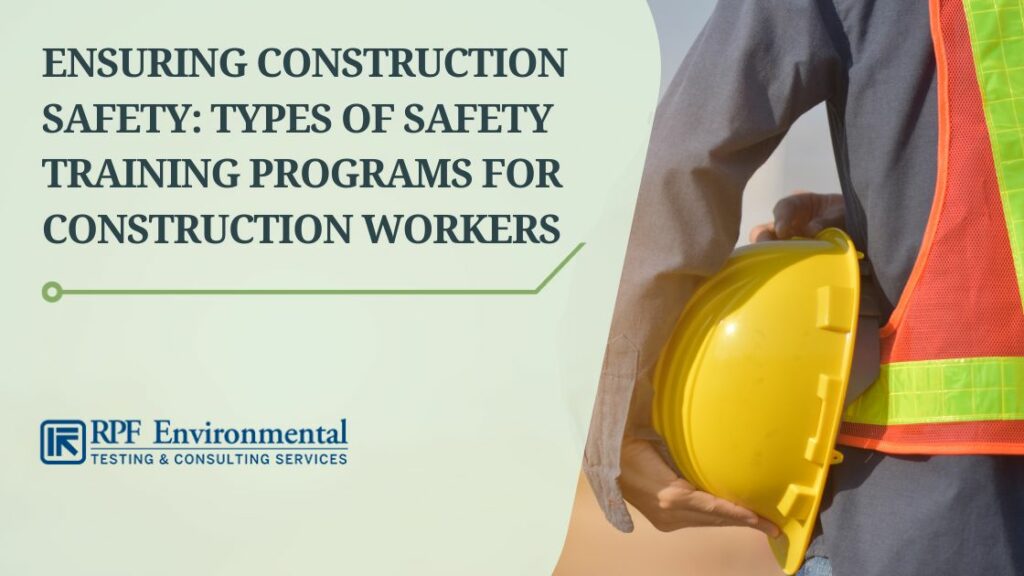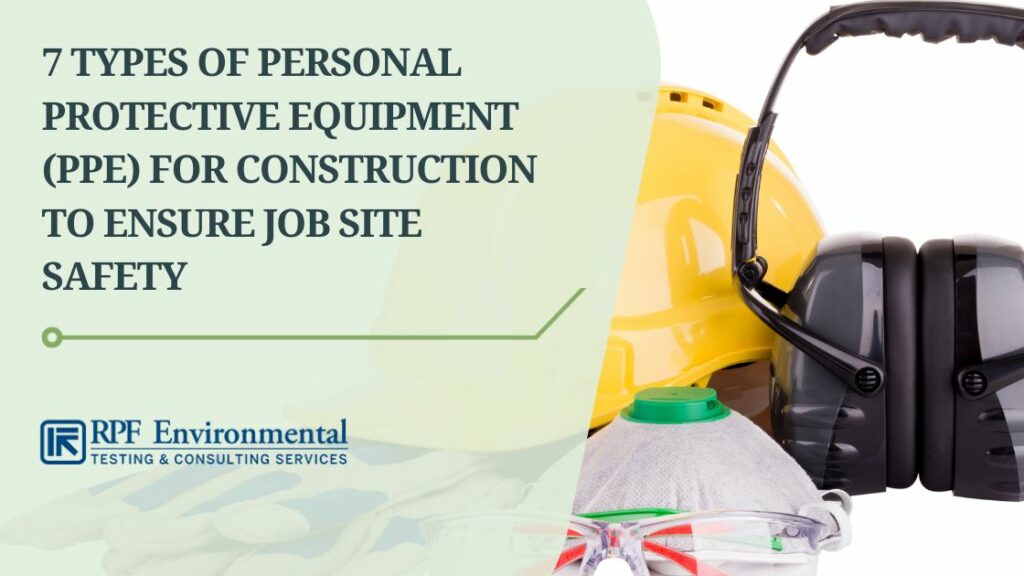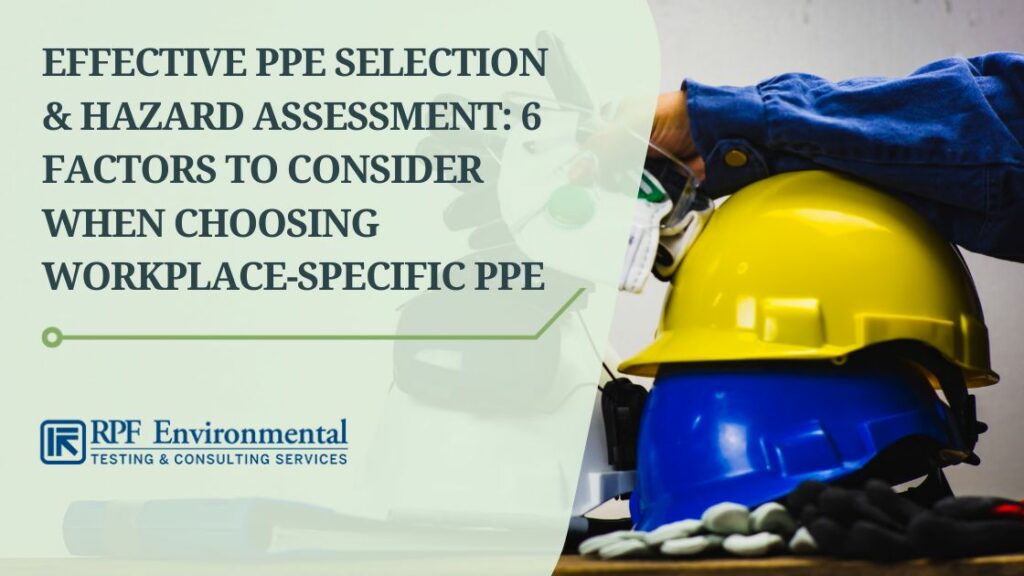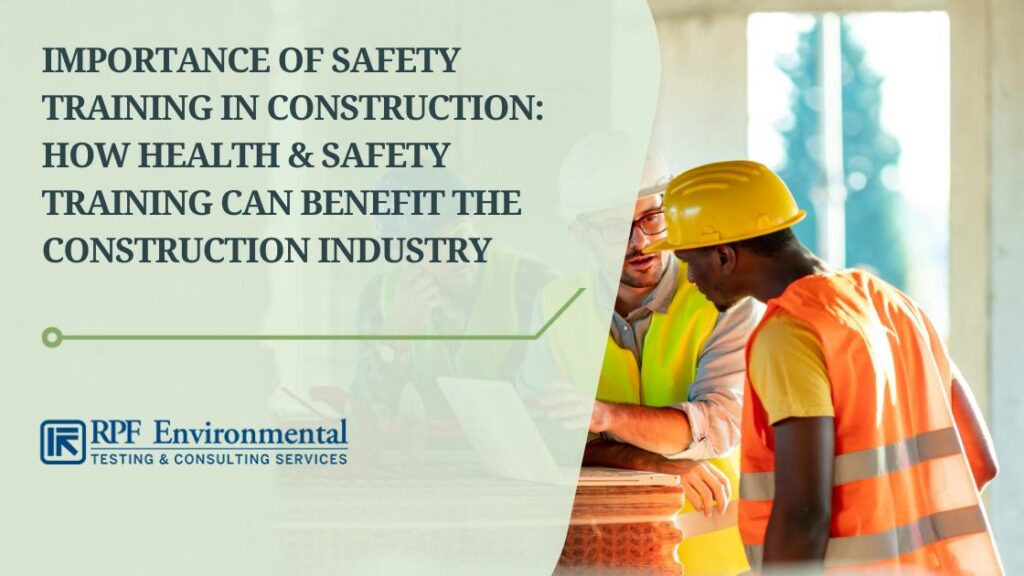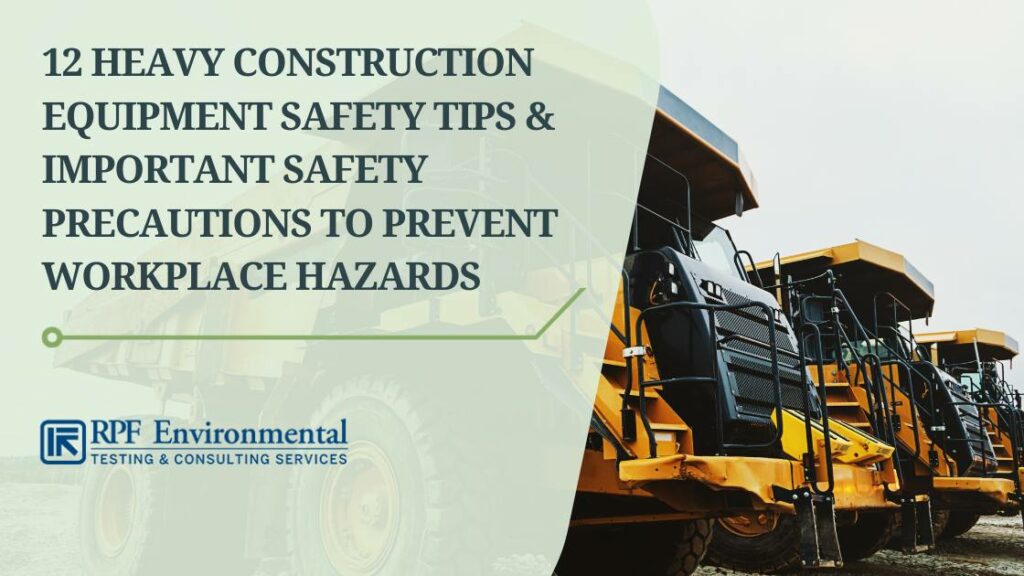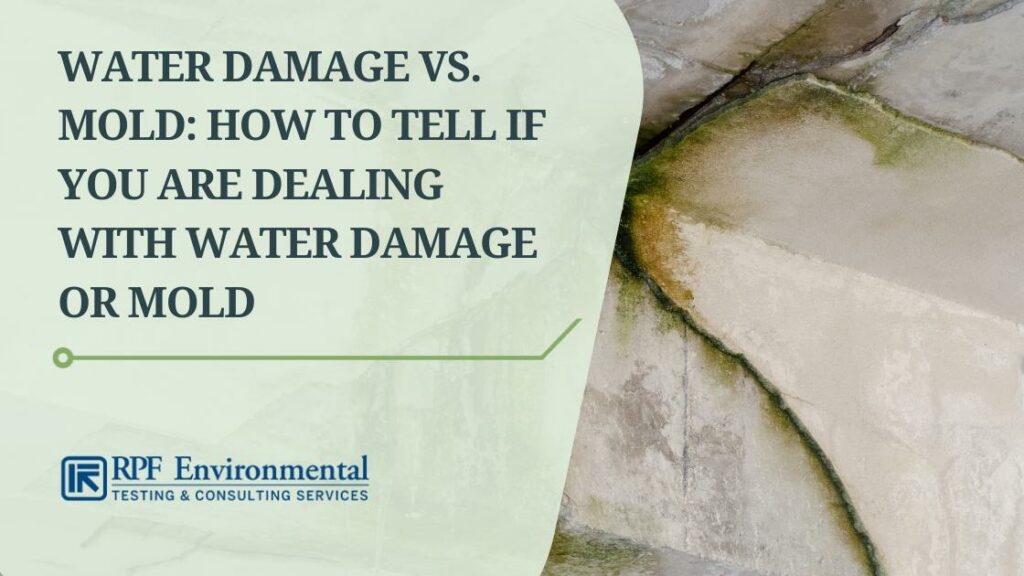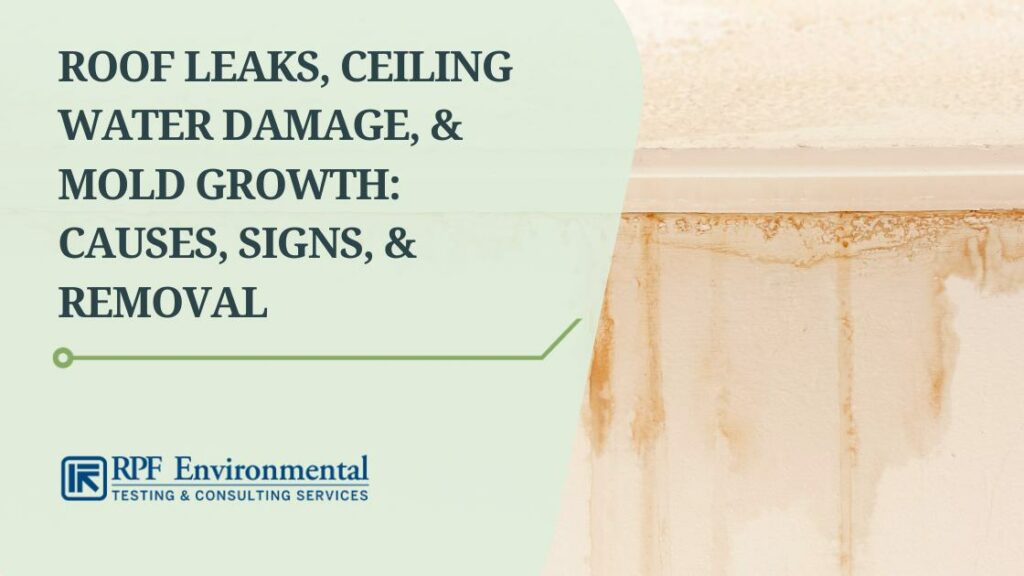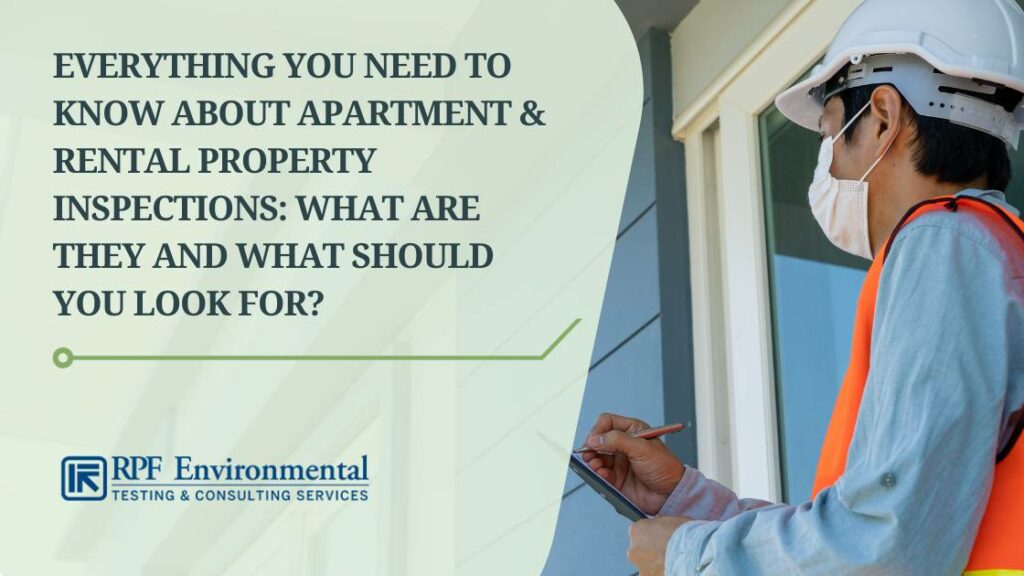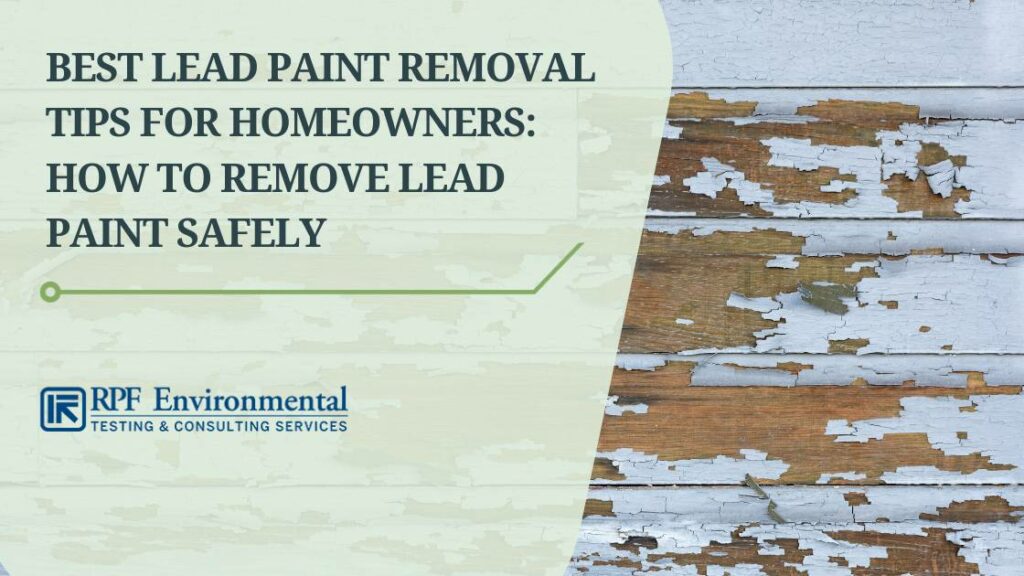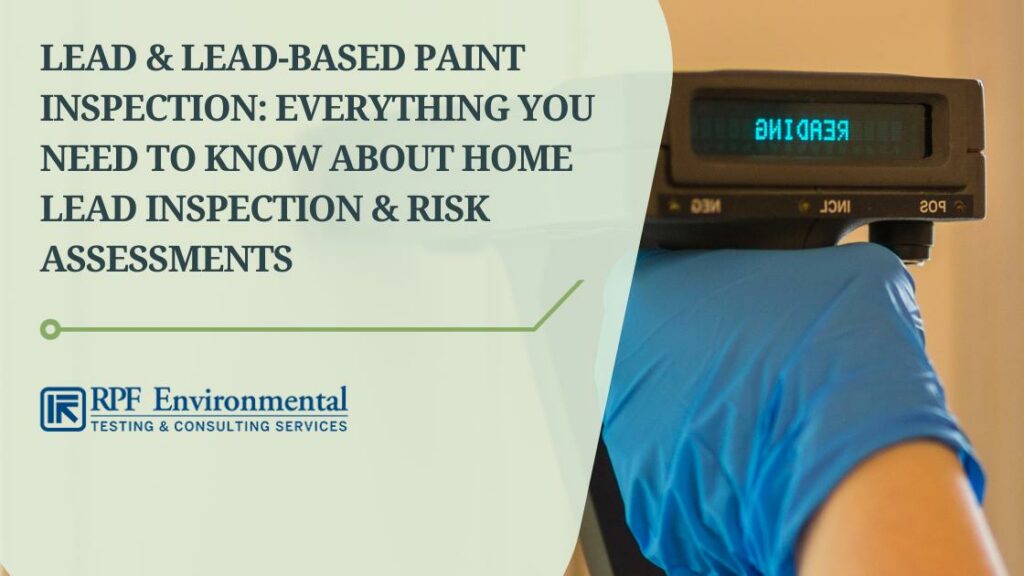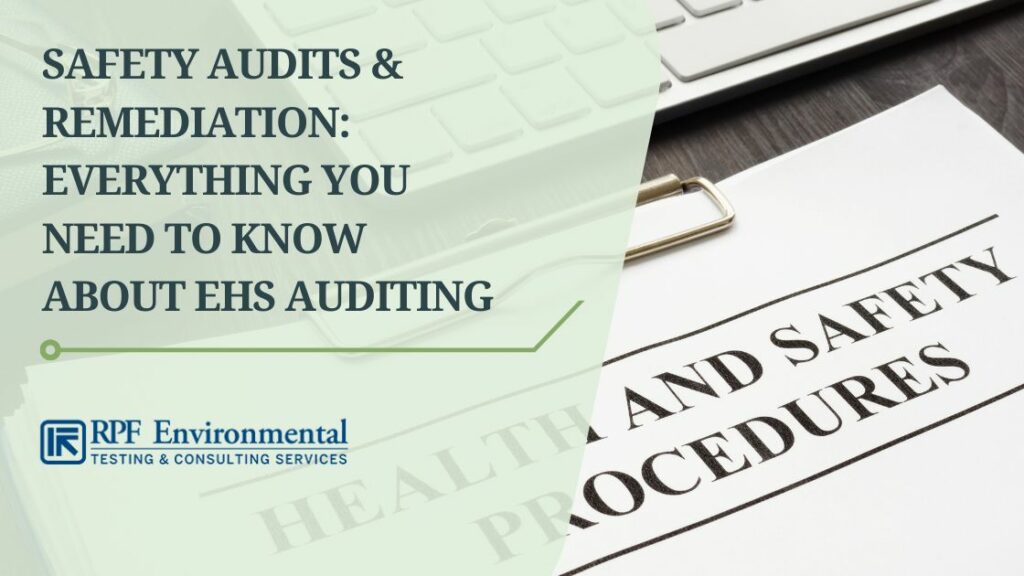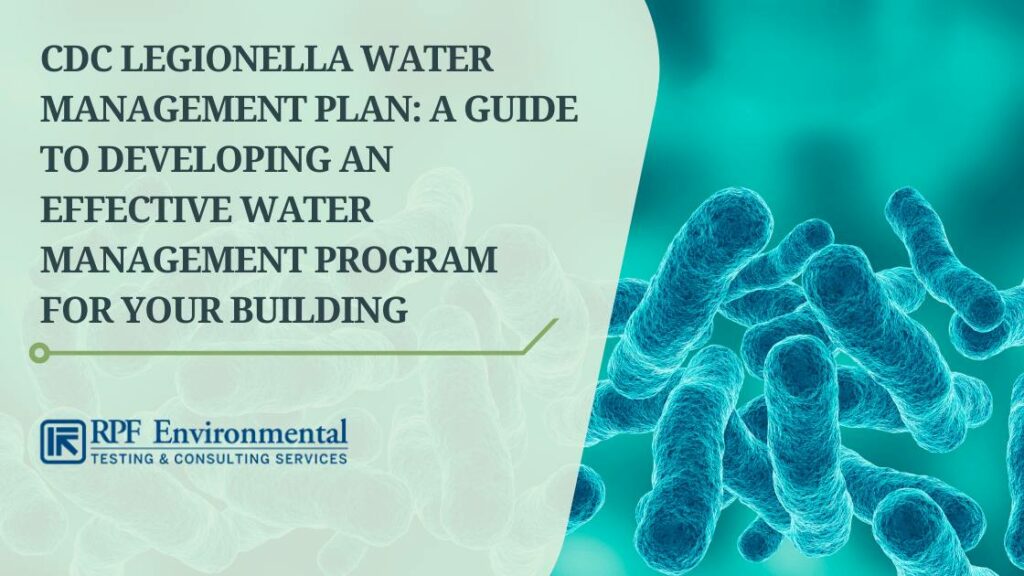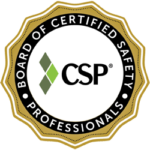Ensuring Construction Safety: Types of Safety Training Programs for Construction Workers
The construction industry is a high-risk industry with a lot of hazards. These can cause accidents, injuries, and fatalities especially when inexperienced employees perform dangerous tasks that they are not properly trained in. OSHA requires employers to provide a safe and healthy working environment for their employees which includes employee training to protect their workers …
Ensuring Construction Safety: Types of Safety Training Programs for Construction Workers Read More »

